
Contact

Home
The History of Yowie-Research
Yowie / Bigfoot
1997
Aboriginal astronomy puts the stars in a different light
By: Debra Jopson
Sydney Morning Herald (NSW)
Date: August 22, 1997
Page Number: 7
Aborigines would have been able to see Halley's comet 657 times since they began looking at the stars above this land 18,250,000 nights ago, says Mr James Wilson-Miller, who is assembling Sydney Observatory's first exhibition on Australia's indigenous astronomers.
"Aborigines are the world's oldest astronomers," said Mr Wilson-Miller, the Powerhouse Museum's curator of Koori History and Culture.
As his contribution to the Sydney Olympics, Mr Wilson-Miller will try to pass on some of that 50,000-year-old knowledge of southern skies.
In an Olympic Festival of the Dreaming event - the Cadi Eora Birrung: Under the Sydney Stars exhibition - opening on September 14, people will be shown that there is more than one way of looking at the sky.
"It would have been one of the most important parts of the day. They read the land like a book, but they also read the sky," said Mr Wilson-Miller.
While we now drown the stars in our own dazzle, the original inhabitants and their neighbours used the night sky as an aid to navigation, food-gathering, ritual and story-telling. "Depending on the changes they saw, they used it for hunting and gathering," he said. "So, the sky was the blueprint for what they were going to do the next day, and ritual and ceremony was guided by what they saw in the stars."
In an "individual room experience" using video and ambient sound, Mr Wilson-Miller and his helpers will retell the north-western NSW Gamilaroi people's story of how the Southern Cross was created.
A man is taken by a yowie, the spirit of death, and the tree in which he dies is whisked up to the sky, along with its two resident white cockatoos.
The four main stars of the constellation are the searing eyes of the man and the yowie, while the pointers are the two cockatoos chasing their invisible tree.
"So, the Southern Cross is a reminder of the first death which happened on Earth," Mr Wilson-Miller said.
Visitors to the sky room will hear how the goori goori bird, which used to steal children and gobble them up, caught fire and flew up to the sky, where its spectacular sparks became the Milky Way, and the story of the moon's creation, according to the people of Arnhem Land.
"These should not be associated with the stories of the Brothers Grimm or other fairy stories, because they are real to those who believe them," Mr Wilson-Miller said. "They can be compared to Bible stories."
Mr Wilson-Miller said he had found little similarity between Aboriginal ways of seeing constellations and those inherited from Europe, but there were resonances elsewhere. "A lot of indigenous societies have looked up in the sky and seen the same patterns."
Mr Wilson-Miller said the exhibition would be a chance to discover a new dimension to what it means to be Australian, by looking at the sky with a fresh gaze but ancient understanding.

The History of Yowie Research
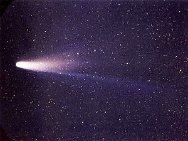
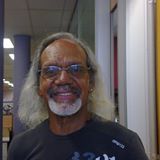
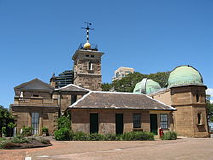
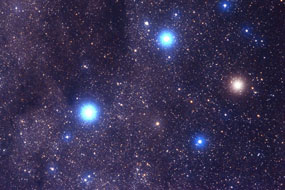
Halley's Comet
James Wilson-Miller
Sydney Observatory
Southern Cross
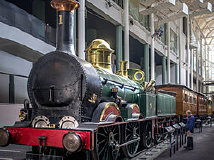
Powerhouse Museum
Gamilaroi people









